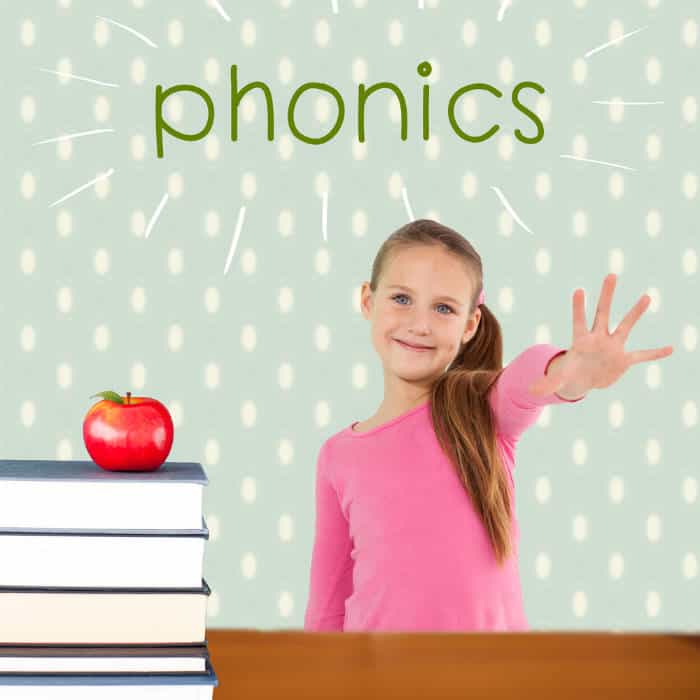When your child goes to school or starts homeschool, you may feel like you have a pretty decent handle on the material. You know what’s expected of them, understand the steps to complete the work, and have no problem interpreting a simple grading scale.
However, when confronted with complex assessments or placement exams, it’s easy to become overwhelmed by detailed instructions, explanations, grading, and scores. One of the most common assessments you might encounter in primary school is the STAR reading level, which is used to determine how adept your child is at reading and comprehending text.
What are STAR reading level assessments?
If you’ve never heard of STAR reading assessments, you might be scratching your head. In short, they are “an assessment of reading comprehension and skills for independent readers through grade 12.” STAR reading assessments look at development in word knowledge and skills, comprehension strategies and constructing meaning, analyzing literary text, understanding author’s craft, analyzing argument, and evaluating text.
These assessments (as well as other subtests) and their scores are used for educators to monitor literacy and math progress and determine literacy levels for placement in Accelerated Reader and Accelerated Math programs.
A Parent’s Guide to STAR Assessments
How are STAR scores defined?
Domain Scores
These are essentially what they sound like, scores that measure mastery of each domain for the child’s grade level. In this scoring system, a score of 50 in a prescribed grade level would indicate that the student could answer 50% of that grade level’s items in that domain.
Estimated oral reading fluency (Est. ORF)
This is a measure of how fast and accurately a student can read and comprehend text. To be competent, the student must demonstrate decoding, automatic word recognition, and the accurate use of the rhythmic components of language. The Est. ORF is reported in “words per minute” and is only utilized for grades 1-4.
Grade Equivalent (GE)
Per the manual, this is a norm-referenced score that compares performance with other students nationally. It doesn’t typically tell you what level of work the student is capable of achieving, but what achievements he or she has already surpassed. For example, a fifth-grader might test over the performance of a seventh-grader after several months of school. However, that does not mean that a fifth-grader is ready to move on to seventh-grade work. It simply means he or she has advanced past the fifth-grade work.
Grade Placement (GP)
“A numerical representation of the student’s grade level based on the month in which the student takes the STAR reading test.” This program considers a typical school year to run from September through June. It then assigns increment values of 0.0 to 0.9 to those months. These numbers are used to determine percentile ranks and normal curve equivalent figures.
Instructional Reading Level (IRL)
This is the criterion-referenced score that equals the highest reading level the student scores 80% or higher at comprehending the material with assistance. IRL scores are measured as pre-primer (PP), primer (P), grades 1-12.9, and post-high school (PHS).
Lexile® Measure
This is the child’s reading ability and is represented with the letter “L” after the score. The higher the score, the higher the reading level and these can go anywhere from below 200L for those just learning to read, to above 1600L. Scores below 0L are labeled beginner reader or BR.
Normal Curve Equivalent (NCE)
This figure is similar to percentile rank but is measured on an equal-interval scale. NCE scores go from 1-99 and are often utilized for research. They can also be used in comparing scores between different achievement tests.
Percentile Rank (PR)
This is a norm-referenced score which compares the child’s reading ability to other children in the same grade. This score goes from 1-99 and indicates the percentage of students who scored at or below the level of your particular student.
Percentile Rank Range (PRR)
This is simply the statistical variability of your percentile rank score. If your student scored a percentile rank somewhere between 45-65, for example, they will likely fall within that range if they complete the test again within a short window of time.
Scaled Score (SS)
This is calculated based on the difficulty of the questions and the number of correct responses. This figure is useful in examining student performance over time and across grade levels. These scores go from 0-1400.
Student Growth Percentile (SGP)
This compares your child’s growth to his or her academic peers across the nation. The figures go from 1-99 and are similar to percentile rank in their interpretation. For example, if your student’s SGP is 80, it means that their SGP is better than 80% of their peers.
Zone of Proximal Development (ZPD)
This is essentially a range of difficulty your student can use to select books to read. It’s designed to pick books that aren’t too hard or too easy to encourage optimal improvement and growth.
STAR Reading Score Definitions
STAR Early Literacy vs Reading Scores
Early Literacy is designed for kids aged Pre-K to grade 3. This program is a diagnostic assessment for measuring early reading basics such as alphabetic principle, concept of word, visual discrimination, phonemic awareness, phonics, structural awareness, vocabulary, sentence-level comprehension, paragraph-level comprehension, and early numeracy. These are divided into 3 domains; word facility and skills, comprehension strategies and constructing meaning, and numbers and operations.
Reading scores, on the other hand, are designed to examine and measure skills of independent readers all the way to grade 12. They look at reading ability through the lens of 5 domains; word knowledge and skills, comprehension strategies and constructing meaning, analyzing literary text, understanding author’s text, analyzing argument and evaluating text.
What’s a good early literacy score
Early literacy scores are measured as follows:
300-700 Emergent Reader
700-800 Transitional Reader
800-900 Probable Reader
What’s “good” depends on your child’s starting level and the amount of growth he or she has experienced.









As a youth I was an advanced reader. I performed at a 12.9+ starting in 5th grade. I received collegiate level diagnosis in 8th grade. My English teacher was not aware the score was possible in her 25 years of experience. What percentage reader would I have been then? I do not remember the percent just that I was the first she had ever saw.